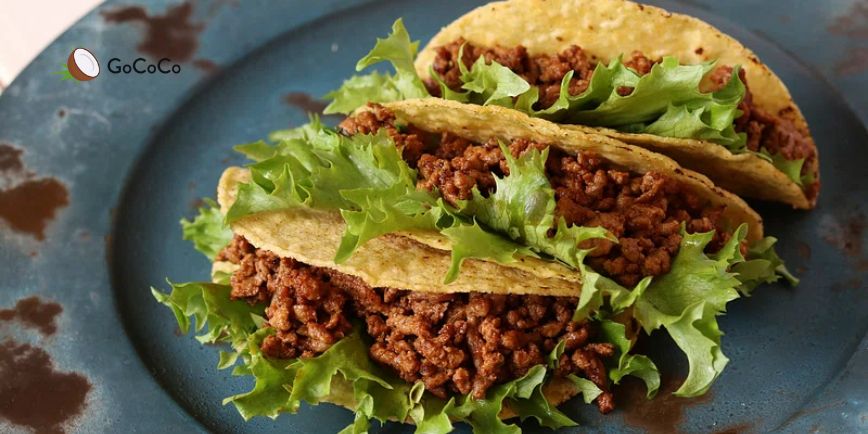
Siete taco seasoning is a popular pantry item with simple ingredients and bold flavor. But is it really a healthy choice? In this article, we break down what’s inside, how to use it wisely, and how to build better meals with it Gococo-style.
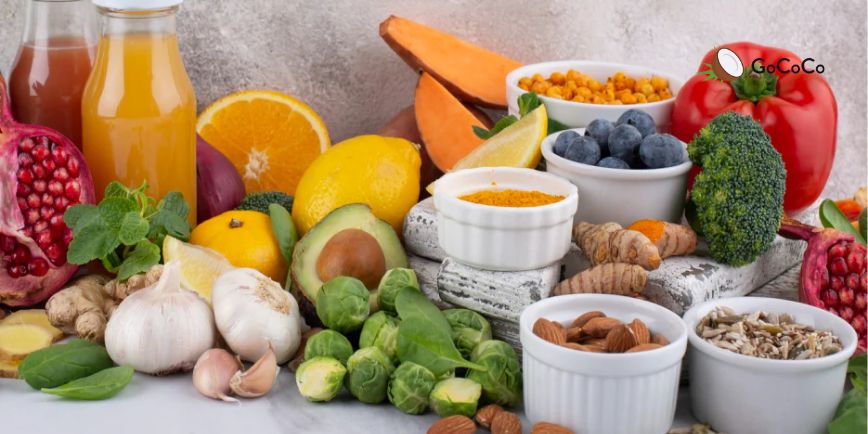
MCT wellness powders and oils are popular, but they aren’t a magic fix. Before jumping on the trend, understand what MCTs really do and why sustainable habits are what actually drive better health.
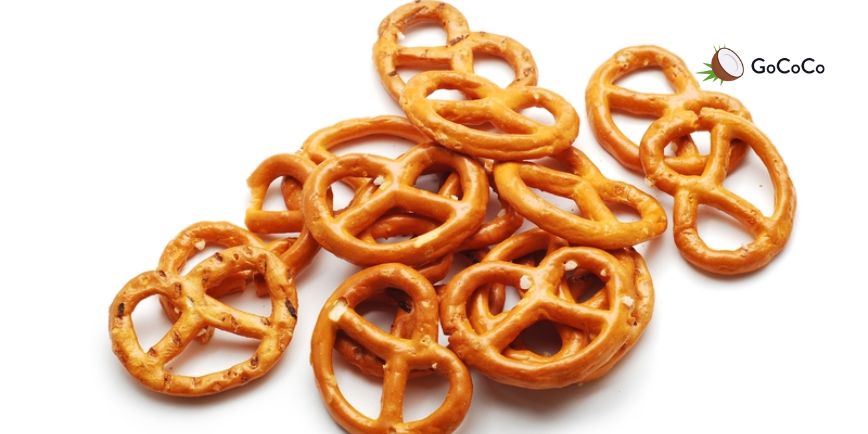
Pop Daddy Pretzels are a crunchy, flavorful snack enjoyed by many. While not a healthy food, they can fit into a balanced lifestyle when eaten occasionally and mindfully. Discover tips to enjoy them the Gococo way!
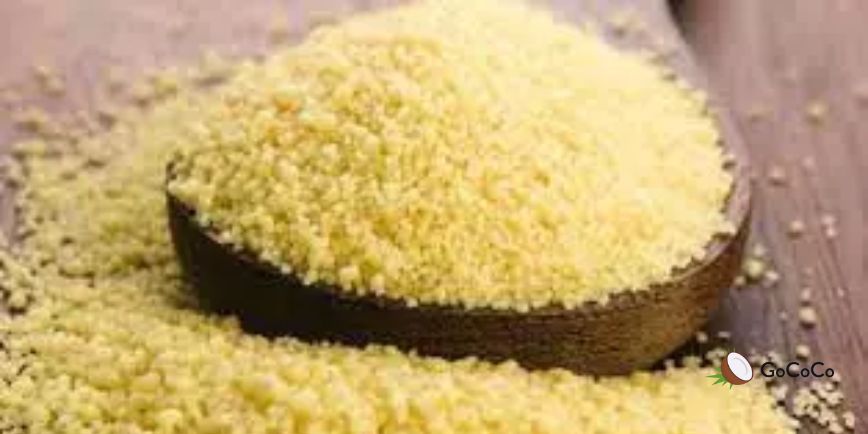
Couscous is a popular grain-like food, but is it gluten free? This article clarifies its gluten content, explains what to watch for, and shares practical advice for enjoying it as part of a healthy, balanced diet.
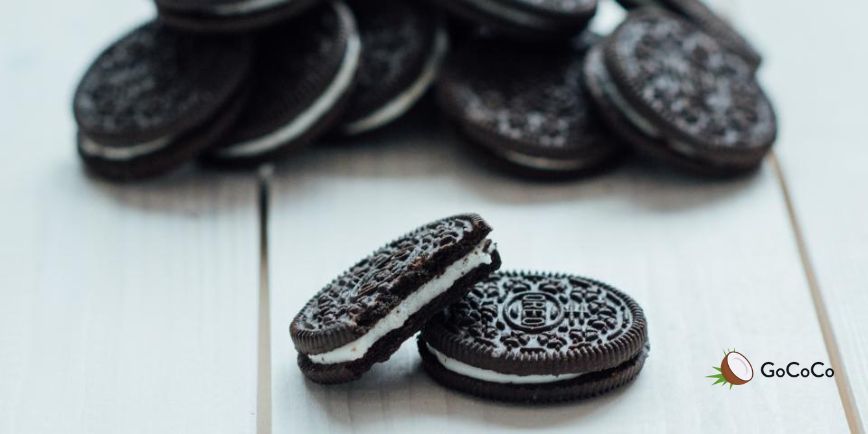
Oreos are a popular treat, but they are not gluten free. This article explains why, explores the impact of gluten in processed snacks, and offers practical advice on healthier, whole-food alternatives that fit a balanced diet.
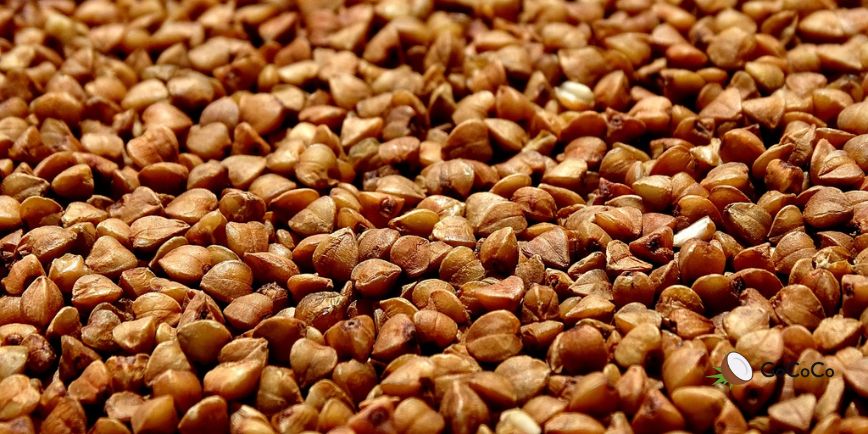
Buckwheat is a naturally gluten-free seed often mistaken for a grain. This article clarifies its gluten status, highlights its nutritional benefits, and offers practical advice on including it in your diet with a focus on whole foods and balanced habits.

French fries are a beloved snack, but are they gluten free? This article clears up common confusion, explains what to watch for, and shares tips for enjoying fries wisely within a balanced diet.
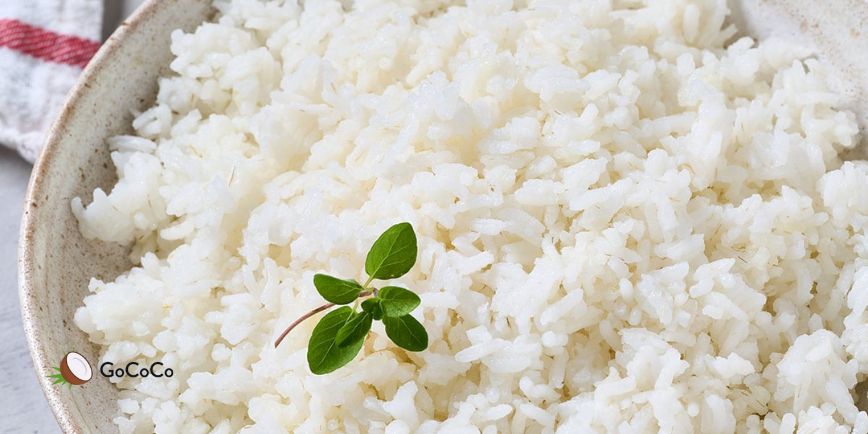
White rice is naturally gluten free, making it a safe option for people with gluten intolerance or celiac disease. This article explains what gluten is, why white rice is gluten free, and how to incorporate it mindfully into a balanced diet aligned with Gococo’s values.
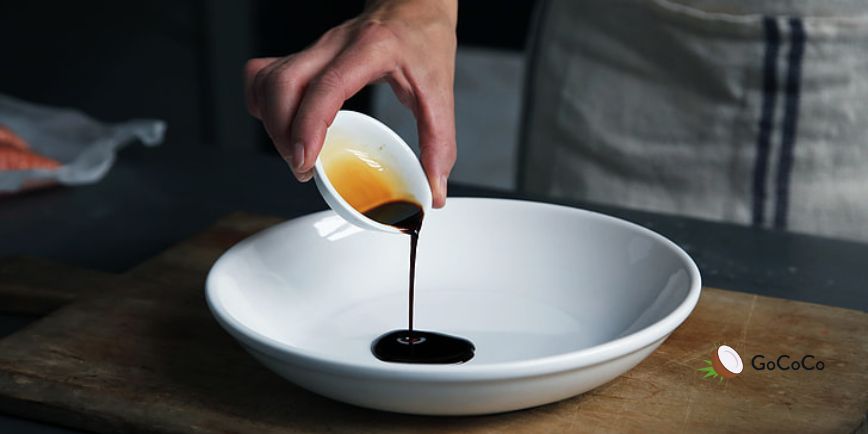
Soy sauce may seem simple, but it’s not always gluten-free. In this article, we explain why, how to choose a gluten-free option, and how this connects to broader eating habits. We also share how the Gococo app can help you spot ultra-processed foods beyond gluten.
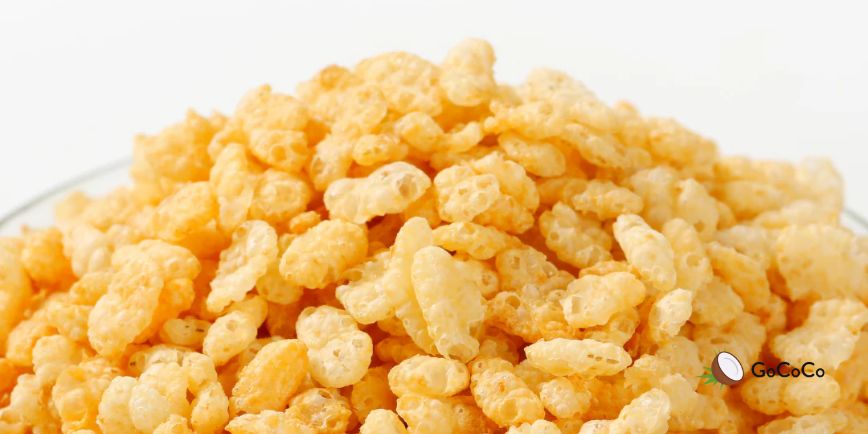
Rice Krispies might sound simple, just rice, right? But the original version contains hidden gluten. Let’s unpack the label and explore better, whole-food breakfast alternatives that actually support your long-term health.
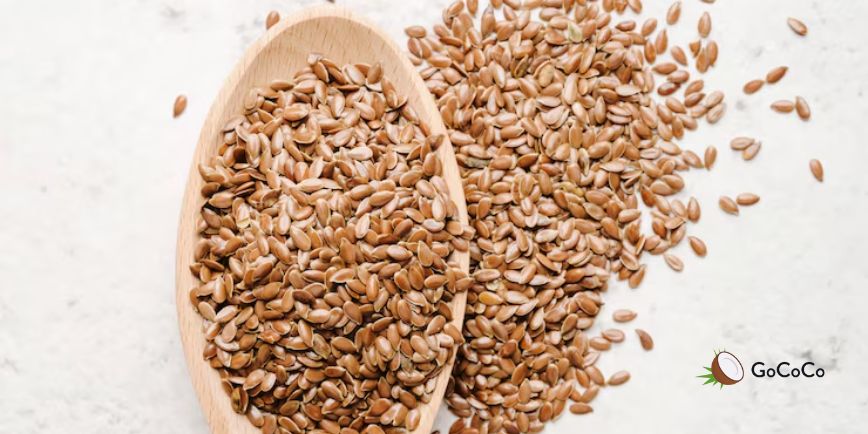
Farro is not gluten free, but it’s a nutritious whole grain with benefits for balanced eating. Discover how to enjoy whole grains mindfully and find gluten-free alternatives.

Marshmallows are usually gluten free but that doesn’t mean they’re a healthy food. Learn what’s in them, how to read the labels, and why focusing on whole foods matters more than obsessing over labels.
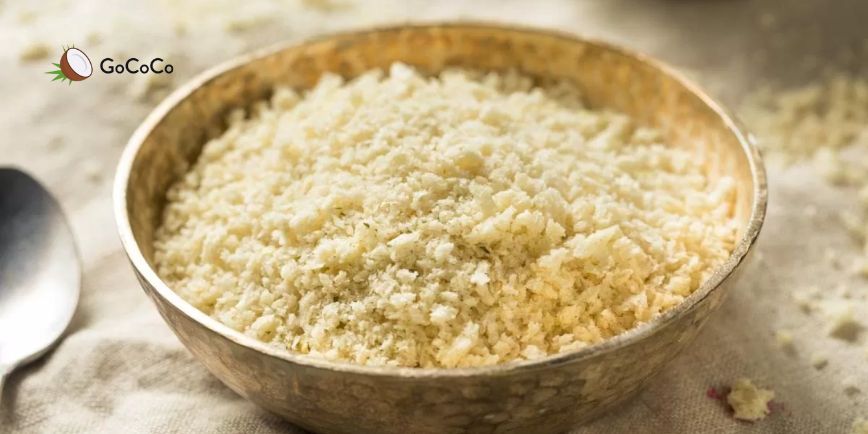
Gluten free bread crumbs can be a handy pantry staple, but not all options are created equal. Discover tips for choosing quality products and how to enjoy them as part of a whole-food lifestyle.
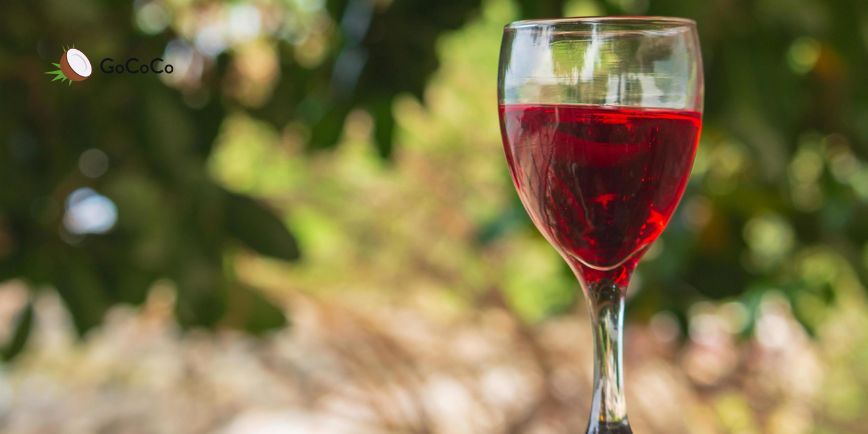
Most wines are naturally gluten-free but some additives and processing methods could introduce gluten. Learn how to choose wisely and how alcohol fits into a healthy eating pattern.
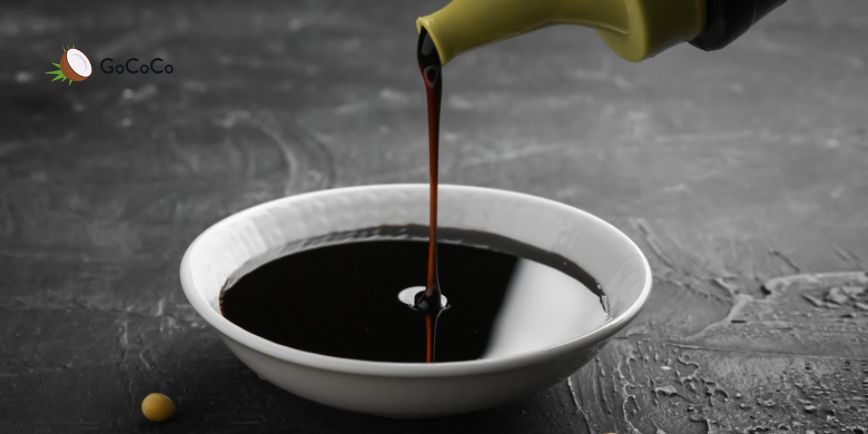
Soy sauce is a popular condiment with a rich, savory flavor, but is it gluten free? This article clarifies the facts, explains alternatives, and shares practical tips for healthy cooking.
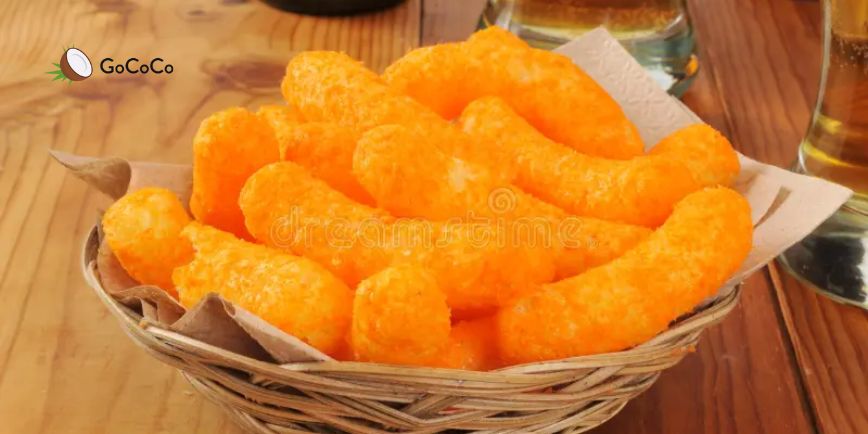
Cheetos may be gluten-free in some varieties, but not all are safe for those with gluten sensitivity or celiac disease. Learn how to check labels and discover smarter alternatives.

Not all tortilla chips are the same,some are naturally gluten-free, others are not. Learn how to choose wisely and explore healthier alternatives for mindful snacking.
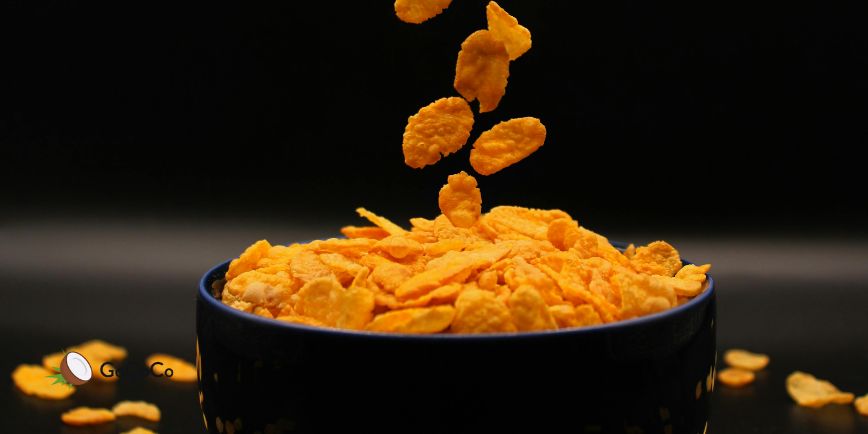
Many people assume corn flakes are gluten free, but the answer depends on how they’re processed. In this article, we explain how to check labels, what to watch for, and why “gluten free” doesn’t always mean it’s a good choice.

Yes, classic Fritos are gluten free but that doesn’t mean they’re a nutritious everyday snack. In this article, we explain why they’re technically gluten free, what to watch for with flavored versions, and how to think beyond the label when making snack choices.

Despite its rice-like appearance, traditional orzo is a wheat-based pasta and not gluten free. However, gluten-free versions do exist but they aren’t always better for your health. Here's how to make a smarter choice.

Butter is naturally gluten free, but depending on the brand and how it’s processed, there may be a risk of cross-contamination. Here's how to check labels and think beyond gluten when making healthier food choices.

Snickers bars do not contain gluten ingredients but may be cross-contaminated during manufacturing. In this article, we unpack what that really means and why there’s more to think about than just gluten when it comes to smart snacking.

Not all gluten-free breads are created equal. While many are ultra-processed or made with refined starches and flours, others can support a more balanced lifestyle especially when made at home or found in smaller bakeries. Here's what you should know.

Peanut butter is made from peanuts, so it’s naturally gluten free. But depending on the brand and manufacturing process, some jars may carry a risk of cross-contamination. Here’s what to look for—and why there’s more to consider than just the label.

Sugar Babies candy is loaded with sugar and additives — find out what’s inside and how GoCoCo helps you make smarter sweet choices.
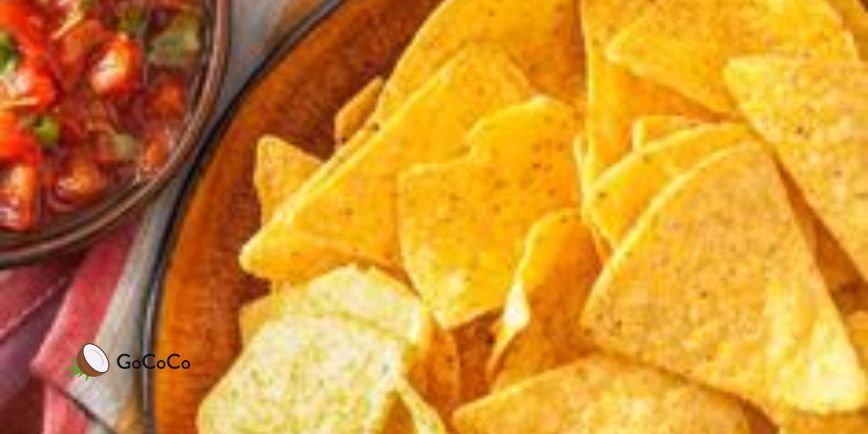
Quest Protein Chips offer a crunchy, high-protein snack option, but how healthy are they really? This article explores their ingredients, benefits, and how to balance them with natural protein choices.

Pop Daddy Pretzels are a crunchy, flavorful snack enjoyed by many. While not a healthy food, they can fit into a balanced lifestyle when eaten occasionally and mindfully. Discover tips to enjoy them the Gococo way!
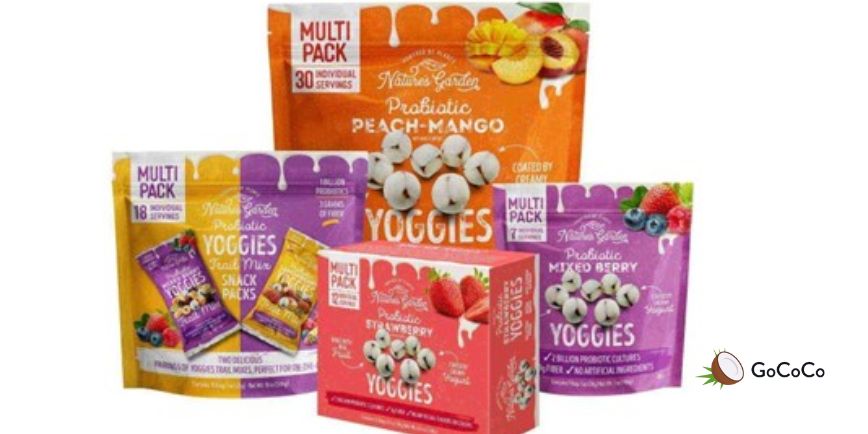
Yoggies are popular snack bites but often contain high amounts of free sugars. This article explains why plain yogurt or kefir paired with whole fruit is a healthier way to enjoy probiotics while keeping balanced habits.
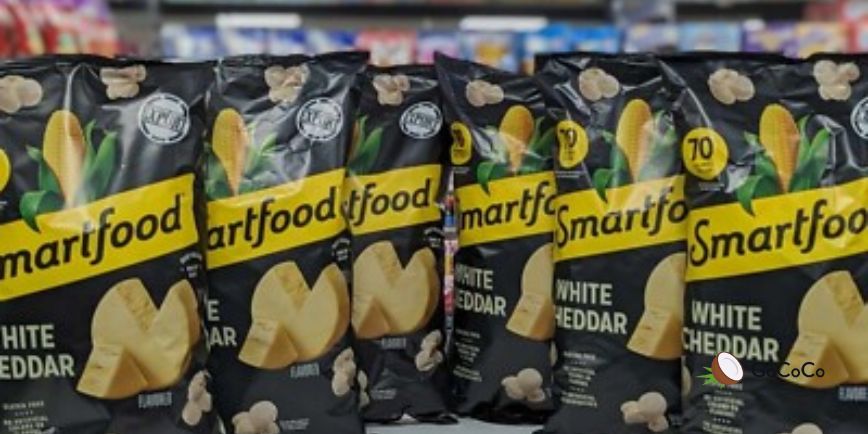
Smartfood Popcorn can be a tastier alternative to potato chips but should be eaten occasionally. Discover practical tips to enjoy snacks mindfully and learn healthier whole-food options that fit your lifestyle.
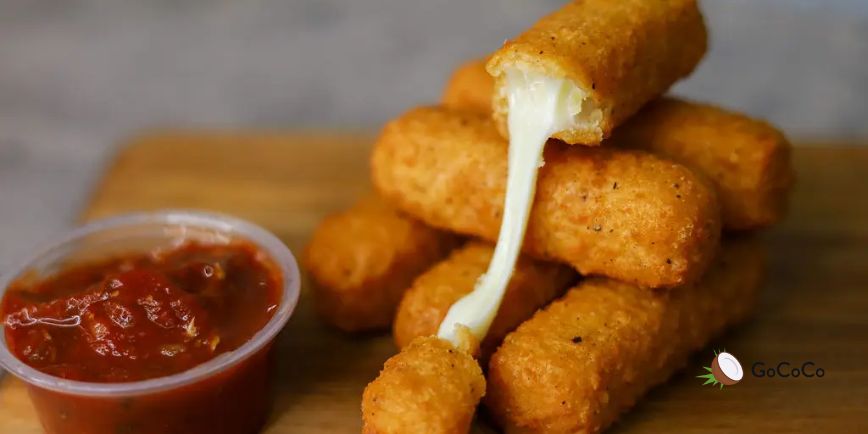
Chilis mozzarella sticks are a tasty treat but can be high in calories, fat, and sodium. This article breaks down what’s inside and how to enjoy them mindfully as part of a balanced lifestyle.
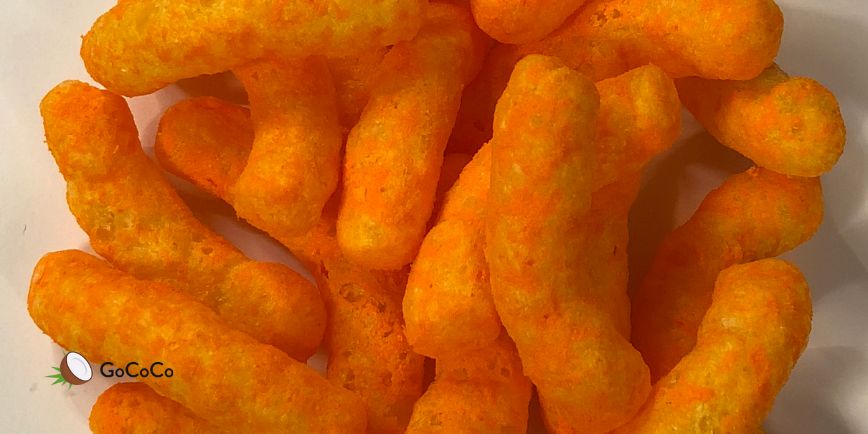
Baked Cheetos seem like a healthier option, but are they really? This article breaks down what’s in them, how they compare to other snacks, and better alternatives that fit into a balanced lifestyle.
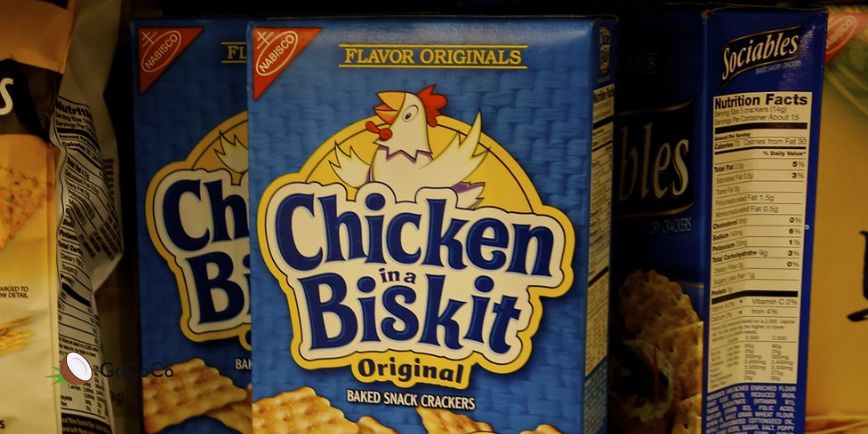
Chicken in a Biskit crackers are salty, savory, and packed with flavor but are they really a good snack choice? In this article, we break down what's inside, how ultra-processed snacks affect your health, and what to eat instead for long-term balance and better habits.
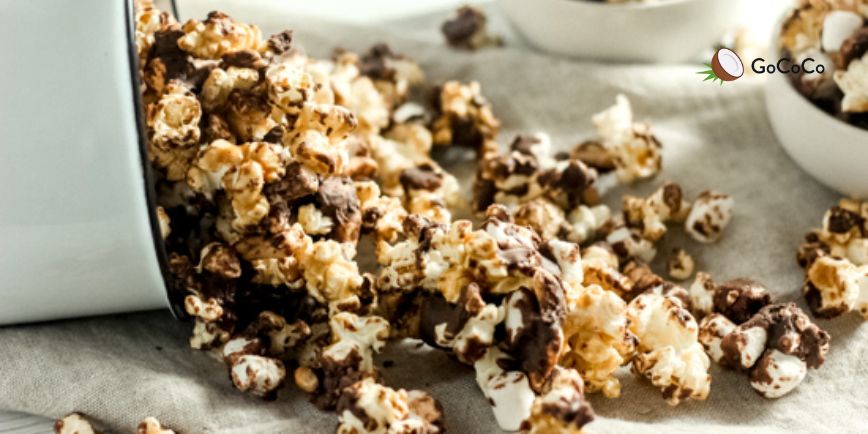
Moose Munch is a caramel-coated popcorn snack that tastes indulgent but isn’t a healthy everyday option. This article explores better ways to satisfy your sweet craving using whole grains and dried fruits instead.
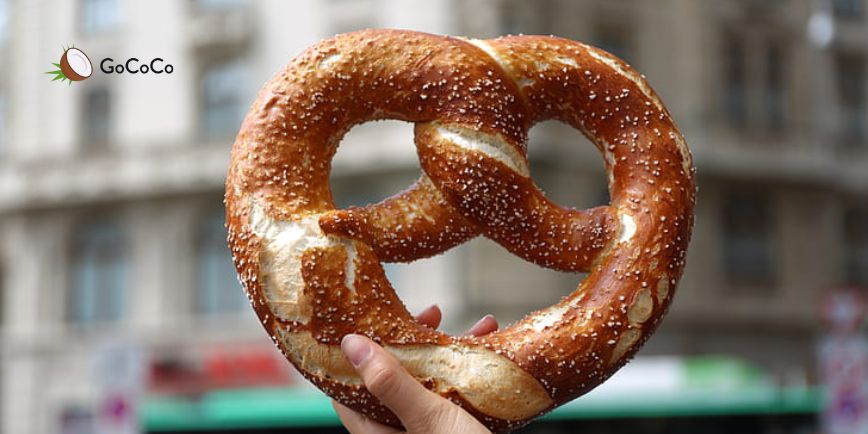
Maui Monk Pretzels are popular for their sweet-and-savory flavor and monk fruit ingredient. But are they truly healthy? Let’s break down what they’re made of and how to enjoy them smartly, without overdoing it.

Veggie sticks may sound healthy, but many are ultra-processed snacks — here's how to decode the label and make better choices with GoCoCo.
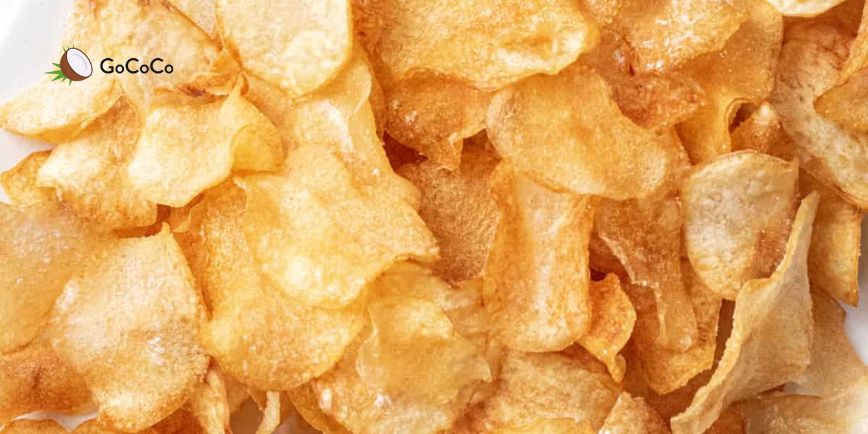
Salt and vinegar chips are ultra-processed and should be eaten occasionally — here’s how to make better snack choices with GoCoCo.

Banana protein can support physical activity, but whole food sources are best, here's how to use it mindfully and where GoCoCo fits in.

Hy-Vee Whipped Cream Cheese Spread may contain emulsifiers here's how to enjoy it more mindfully and find cleaner options with GoCoCo.

Demerara sugar is a type of raw cane sugar with large, golden crystals and a mild molasses flavor. This article explains its characteristics, uses, and how to incorporate it responsibly as part of a balanced lifestyle.
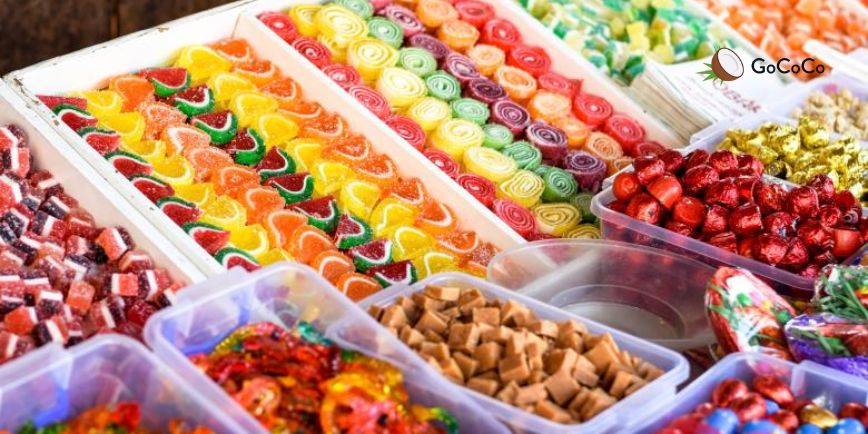
Sugar free candy may seem like a better choice, but it’s important to understand how low-sugar sweeteners affect your health. This article explains the facts and offers practical tips for mindful indulgence.

Sugar-free gummy bears are marketed as a better option than regular candy but “sugar-free” doesn’t always mean healthy. In fact, these candies can still disrupt your routine, especially when eaten in excess. Let’s break it down.
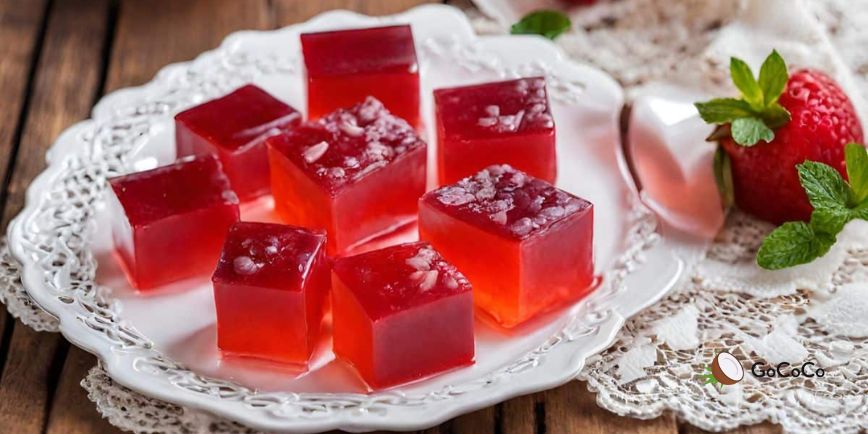
Sugar-free jello is marketed as a low-calorie, guilt-free dessert. But is it as healthy as it sounds? We break down what’s really in it, what to watch for, and how it fits into a balanced lifestyle without losing your sweet tooth.

Peelable mango gummies are going viral but are they actually a good snack choice? In this article, we break down the hype, the ingredients, and why moderation matters.
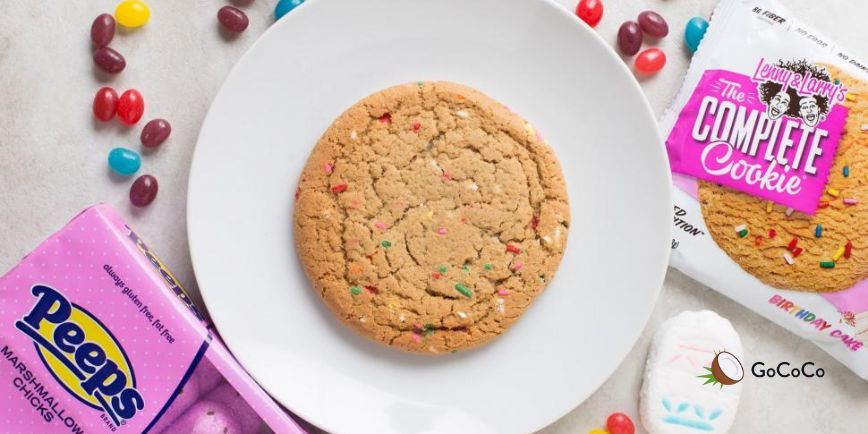
Not all cookie brands are created equal. This article helps you look beyond the packaging to spot what really matters whether you’re craving a treat or shopping mindfully.
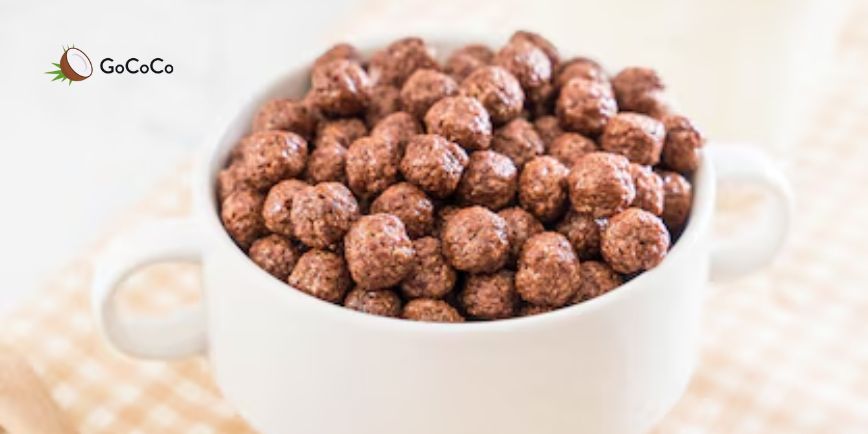
Chocolate cereal is a popular breakfast treat, but is it truly healthy? This article explores the nutritional aspects, common misconceptions, and practical tips for enjoying chocolate cereal mindfully while supporting balanced eating habits.
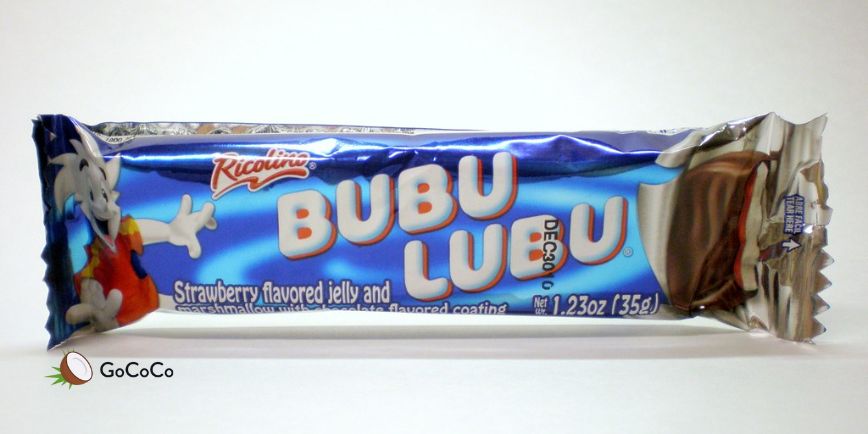
Bubulubu is a classic Mexican candy with a marshmallow-strawberry center and chocolate coating. Learn what’s really inside and how to satisfy sweet cravings the GoCoCo way.

Sugar Daddy candy is high in sugar and ultra-processed best eaten occasionally. Use GoCoCo to scan sweet treats and explore better options.
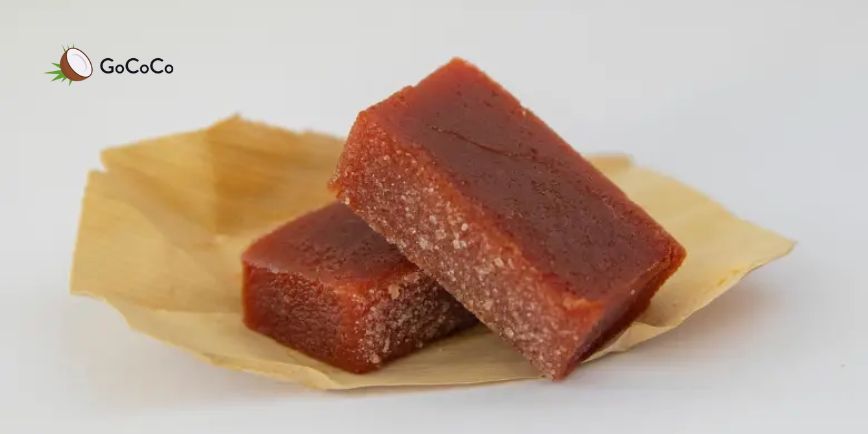
Guava candy is often high in sugar and best enjoyed occasionally, here’s how to enjoy it wisely and how GoCoCo helps you scan smarter.

Starbucks’ brown sugar syrup adds a sweet kick to popular drinks but is it worth the hype? In this article, we break down what’s inside, how it fits into a balanced lifestyle, and what to keep in mind if you enjoy sweetened drinks.

Coco Lopez is sweet and creamy, best used in moderation — here's how to use it with vegetables and track smarter meals using GoCoCo.

Kinder Joy is an ultra-processed sweet best enjoyed occasionally,here’s how to balance treats and use GoCoCo to scan for healthier habits.
Whether you’re navigating food allergies, cutting back on ultra-processed snacks, or just trying to eat a little better, the GoCoCo app is your ultimate nutrition ally. 🥑
Our mission? To help you understand what’s really in your food—and how to make choices that fit your life! 🎯
💡 Scan your groceries, get clean ingredient insights, and find healthy alternatives backed by nutrition experts!
The GoCoCo app goes beyond labels and calorie counts, it’s a complete nutrition companion designed to help you eat healthier if you’re managing Type 2 diabetes.
GoCoCo was developed by Registered Dietitians and Diabetes Care Specialists to provide scientifically backed, customised, user-friendly features that help you live a healthier life. And it’s all based on real data from the products and food you eat.
It's like having a nutritionist in your pocket, but without the high price tag!
Here's how it helps:
With GoCoCo nutrition app, you get real-time feedback and expert-approved food swaps that help you eat better every day—without the stress. 🚀
GoCoCo was developed by registered dietitians and food formulation experts to help you make clearer, more confident food choices:
Along with our product and technical team, we are working hard behind the scenes so that every feature of GoCoCo is top-tier.
Your health deserves more than marketing claims. That’s why GoCoCo is built on science, not trends. 🧠
GoCoCo carb counter app isn’t just about counting macros—it’s about knowing what goes into your body.
At GoCoCo, we believe that the best diet is:
GoCoCo makes clean eating possible—without perfection. Again, it’s all about making your life simpler, healthier, and stress-free. 🥗🔍
Explore delicious, practical ways to eat well with our expert-backed articles and recipes:
Here are some of our top picks:
🌮 Everyday clean meals:
🥗 Food choices with Impact:
🏕️ Balanced Snacking:
GoCoCo also gives you fun, thoughtful tips like diabetic gift basket ideas and the Harvard Plate Method for easy, balanced meals. It’s about making sure you stay healthy without necessarily giving up the friendly foods you love. 🍏🥑
No matter your goals—gut health, allergy support, weight balance, or better snacking—GoCoCo helps you make smarter choices, one scan at a time.
Using the GoCoCo nutrition app helps you adopt healthy habits. We’re not here to push a diet. We’re here to help you build a better relationship with food.
📉 84% of users improved their diabetes management.
🥦85% reduced their ultra-processed food consumption.
⚖️89% reported they could better weight control.
💪86% felt they were healthier with the app diabetes!
With the GoCoCo meal tracking app, you're not just tracking food—you’re changing your life for the better.
We’re not here to push a diet. We’re here to help you build a better relationship with food.
Ready to take the guesswork out of eating well?
Download GoCoCo nutrition app and start making confident, clear food choices—every single day. Download it today, start tracking your meals, and see the changes in your blood sugar, weight, and overall health. You’ve got this!
FAQs on GoCoCo app
Is GoCoCo only for people with diabetes?
No! While we have a dedicated section for diabetes-friendly eating, GoCoCo is designed for anyone looking to eat less ultra-processed food and make better choices.
Can GoCoCo help with food allergies or sensitivities?
Yes. You can scan labels to avoid common allergens like gluten, dairy, soy, and more—and get suggestions for safer alternatives.
Is GoCoCo a legit diabetes app?
Absolutely! GoCoCo is developed by healthcare professionals and used by over 800,000 people worldwide.
Can I use GoCoCo if I don’t follow any specific diet?
Absolutely. GoCoCo is for anyone who wants to eat more whole foods, reduce additives, and understand what’s really in their food.